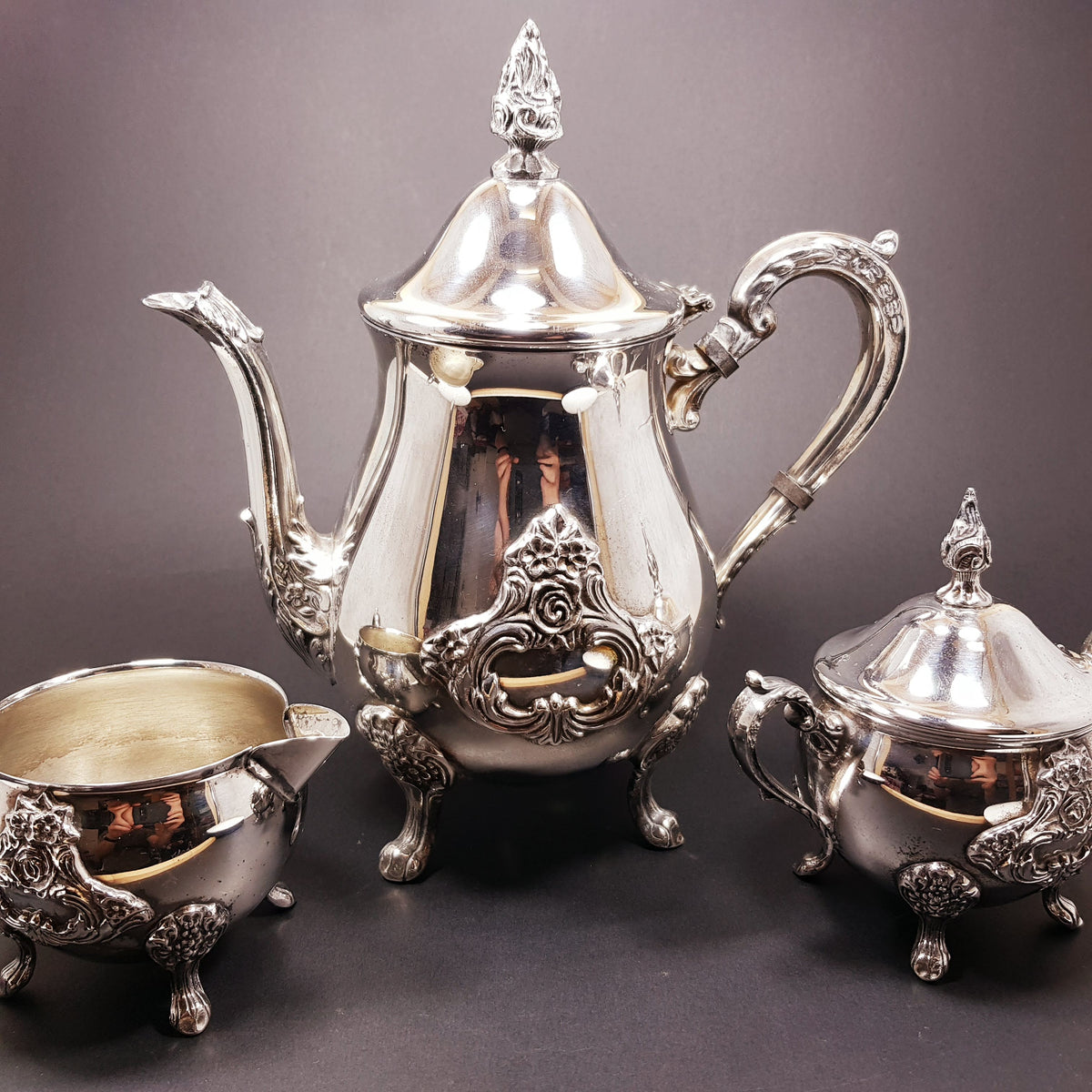10 Steps to valuing and dating antiques

Working out the value of an antique is not as difficult as it first appears. For most pieces you don't need to be an expert. Follow these simple DIY steps to get you to an approximate value and vintage date.
For any vintage and antique piece there is what is called the wholesale price that you could secure at an auction or garage sale and the retail value that you would expect to pay if you walked in off the street to an antique shop. These 2 prices are usually different with the latter being higher.
1. Look for hallmarks or markings. For example, silverware. Usually there are markings which will show the maker, assay or audit office, standard symbol showing purity of the silver, city or country mark and the date stamp. Search the markings in google images and see if you can match them up. If you see a lion pointing left as one of the symbols, then you know you have sterling silver and the value is higher as opposed to EPNS which is silver plated and usually lesser value.
2. Look at the style of the object. Style is how the thing looks. For example, characteristics like legs, handles, bows, flowers, geometric patterns. Certain styles pertain to certain eras. Geometric patterns are typical of the art deco era or around the 1930's. Floral designs were popular in the Art Nouveau period around 1900.
3. Look at the Construction of an item. That is how an object is made. A piece of Porcelain for example may be decorated entirely in hand painting, in hand painting over transfer, or printed. This construction information combined with style of the object described above and materials used to manufacture as described below will bring together a better picture. Try and find a similar item using google search in images to help and use this to get more information.
4. Look at Materials used. The material out of which something is made often gives vital information on age, especially within the last 2 centuries when an abundance of new materials has become available (for example plastics, steel, plywood and aluminium). Something from the early 1900's wont have plastic but could have bakelite which is an early form of plastic.
5. Inspect the Patination. Items with more ware and tare or patination tend to be older than ones with less. It is unlikely to expect that pieces one and fifty years old will be in pristine condition. Sometimes more patination can actually increase the value of an item.
6. Search mainstream selling sites. By trying to match you item with what is selling on the big selling sites will help in identifying the value. Prices here are closer to retail so expect to know that if you sold at auction you could expect less than half what you might see on these sites.
7. Go to an Antique store. You don't have to request a professional valuation but just make general inquiries and combined with your other research complete the picture.
8. Use antique books as a reference. There are many reference books available. Carters price guide is one example but you have to pay a subscription for this service and it is online.
9. Go to market stalls and fairs. There are many local events where you can network and talk to people who know more than you.
10. Seek out a dealer who will advise you. As a last option you can seek professional advise. You will pay for this and note that the value they give you will be wholesale and not retail.